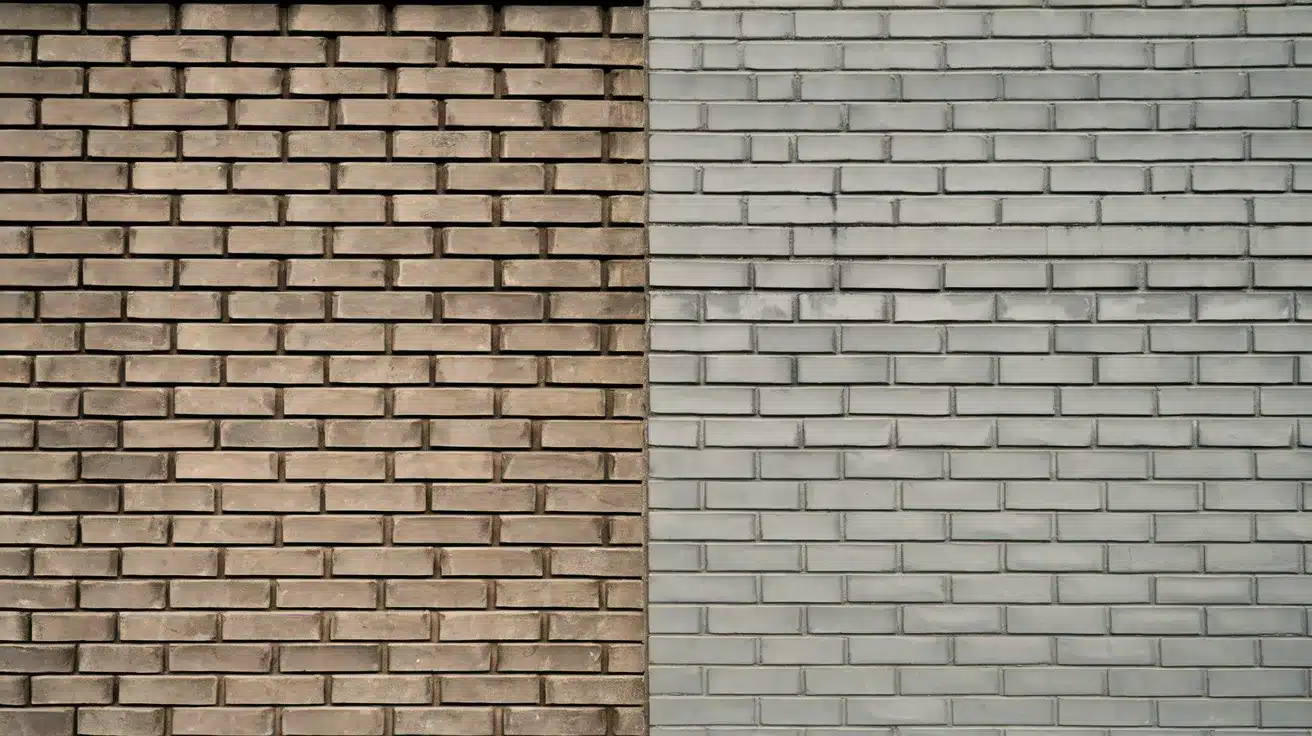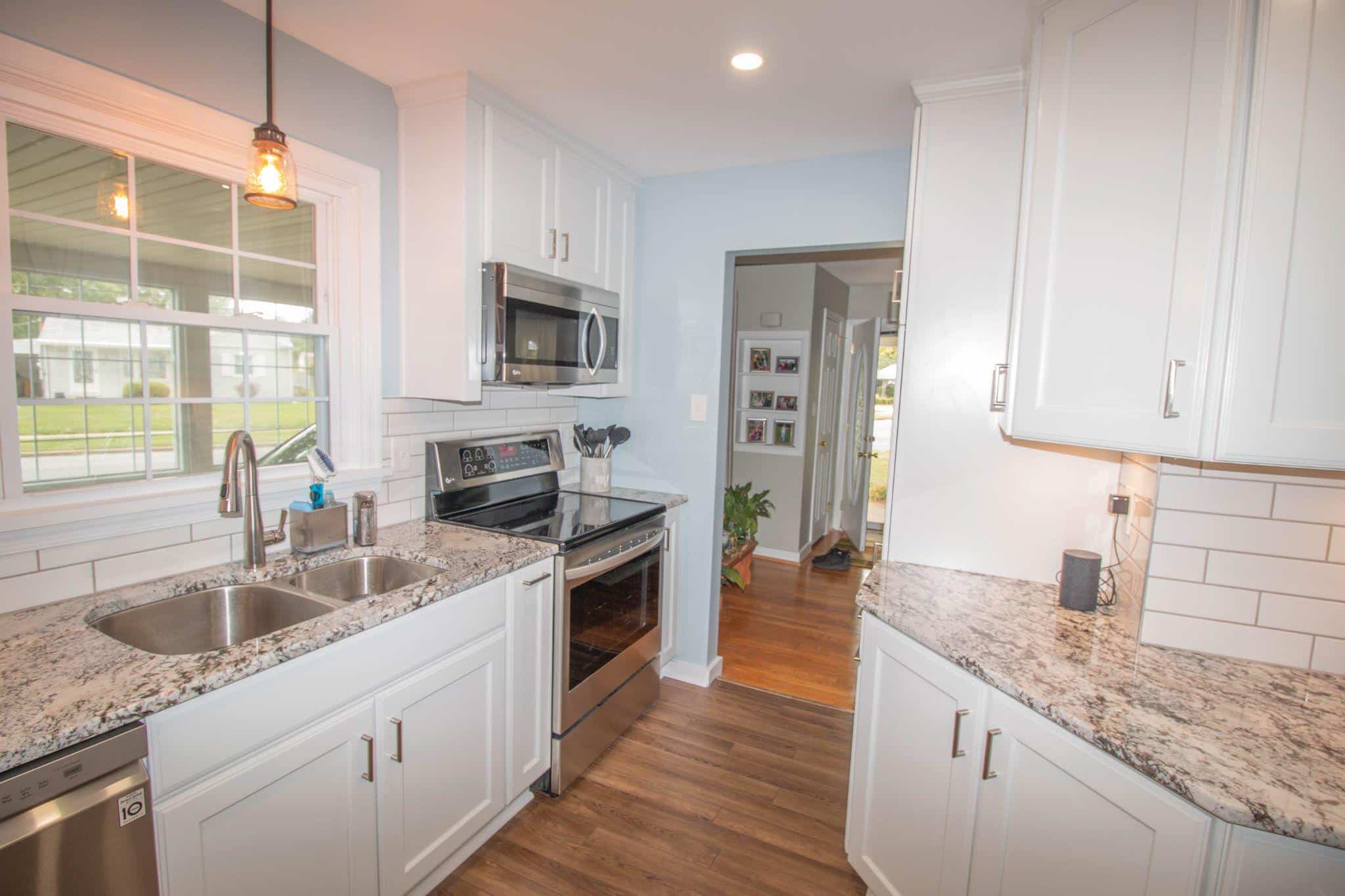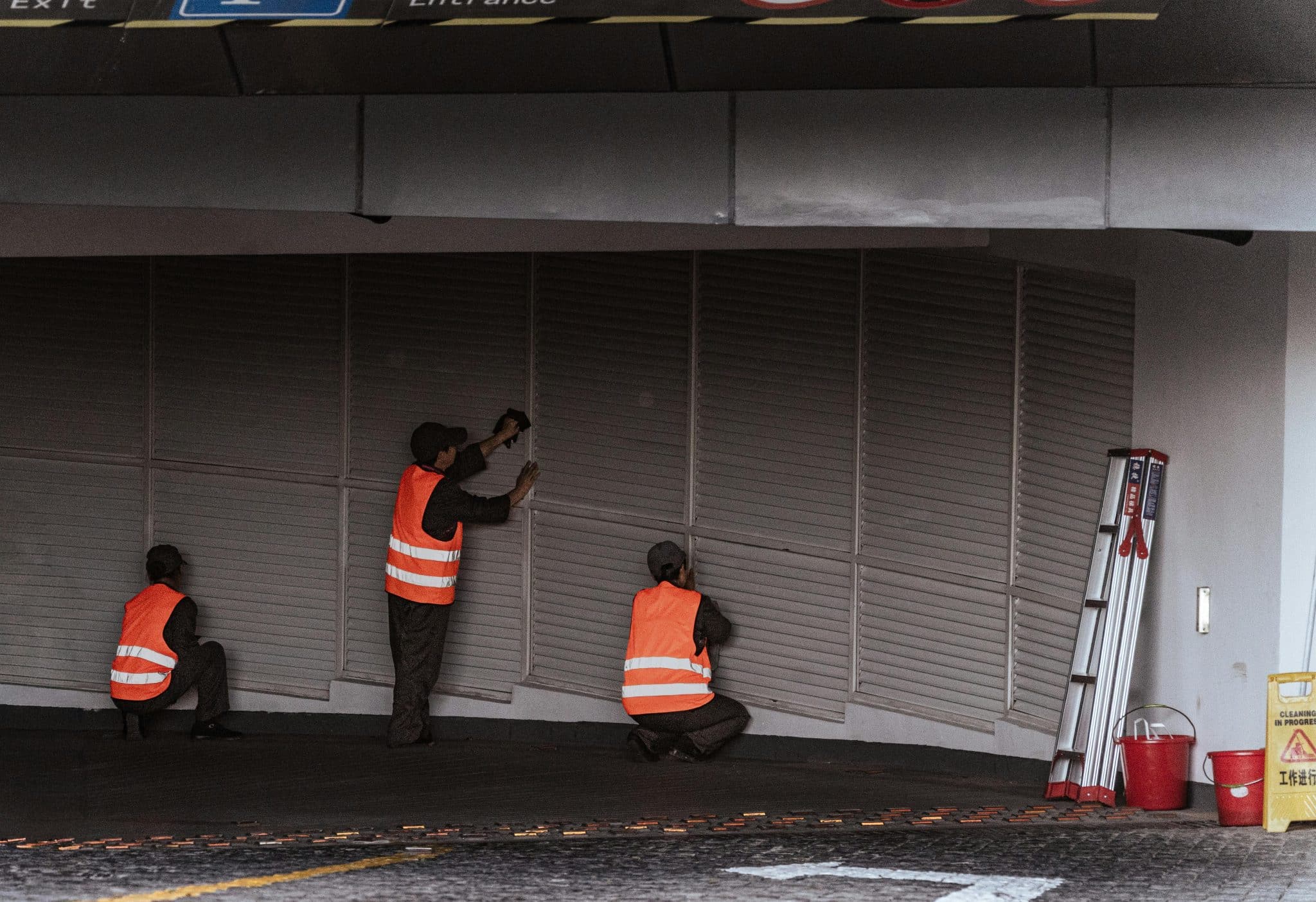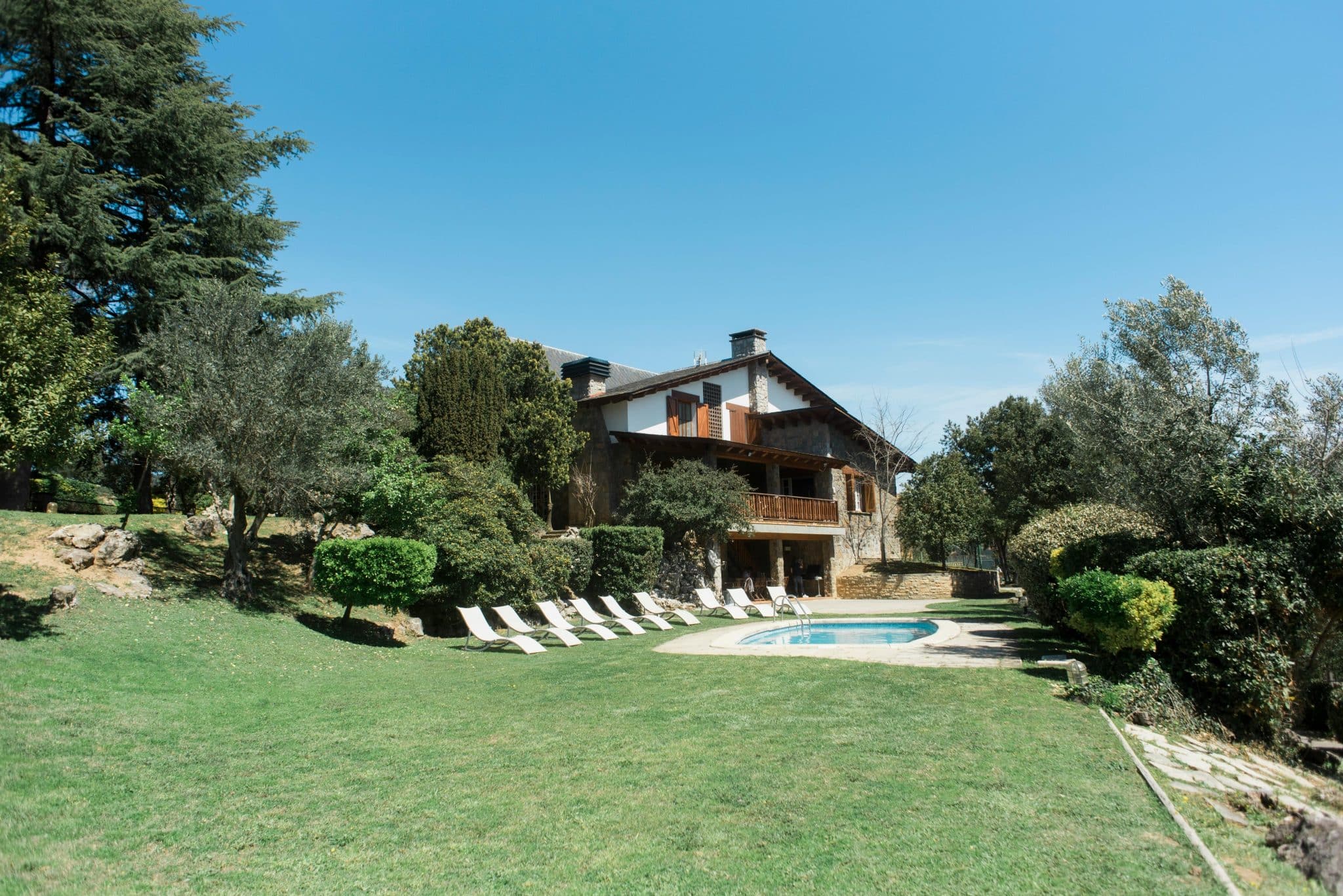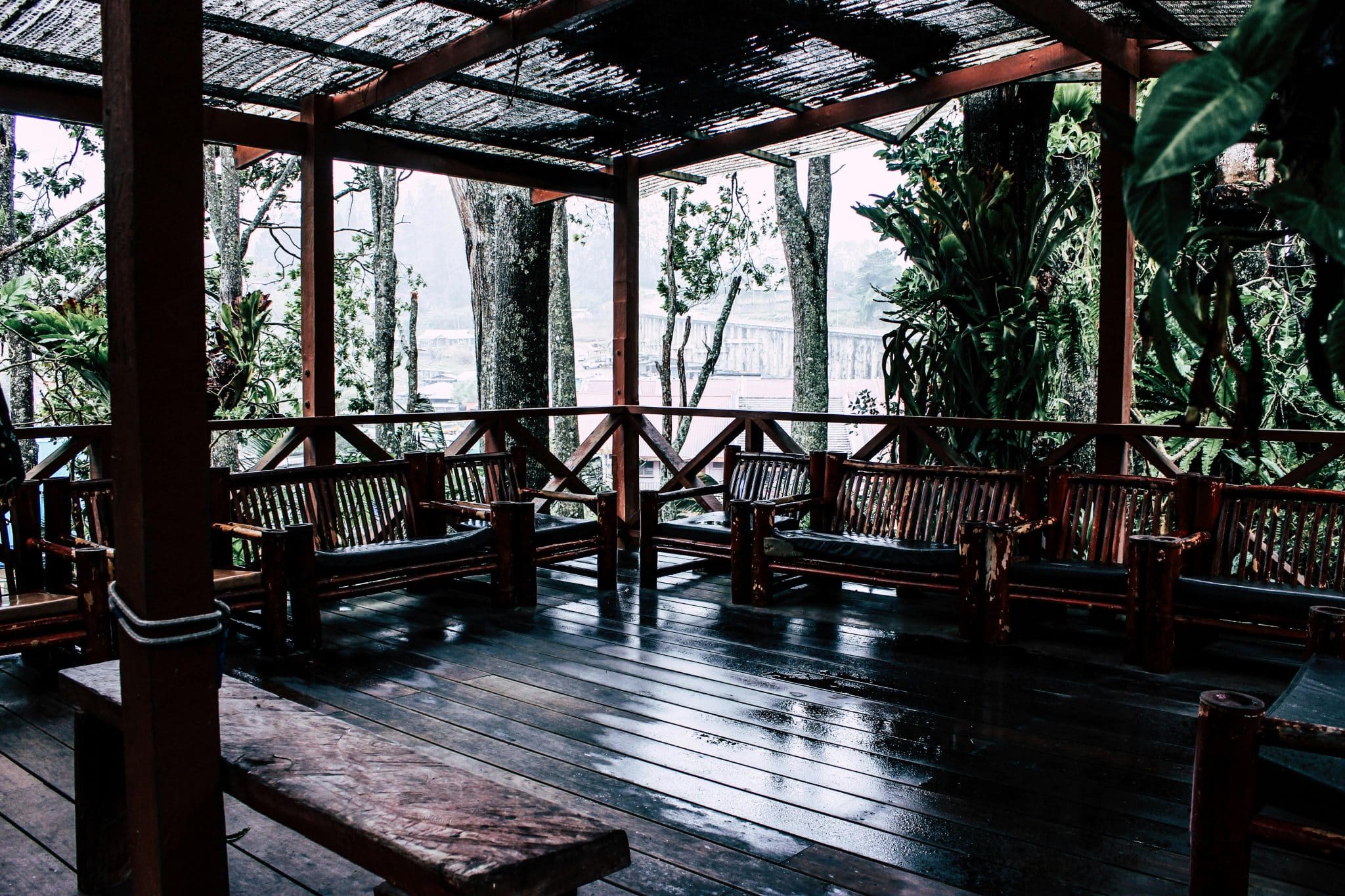You know that feeling when you look at your brick home and feel like something’s missing?
A traditional red brick exterior can feel a bit plain and dated. That’s exactly how I felt about my 1970s brick ranch until I found the perfect solution – German schmear.
I will show you a DIY-friendly technique that can completely change your home’s look without breaking the bank.
A unique mortar treatment will create a timeless European cottage style that stands out beautifully in any neighborhood.
In this guide, I’ll explain everything you need to know about German schmear, from picking the right materials and tools to mastering the application process.
I’ll also share tips I learned from my experience to help you avoid common mistakes.
What is German Schmear?
A centuries-old technique from Northern Germany, German schmear creates a distinctive look by applying mortar over brick surfaces.
This method dates back to the 1500s when masons used it to protect and enhance the appearance of brick and stone buildings.
Why Choose German Schmear?
The appeal of German schmear lies in its ability to transform ordinary brick into a surface with genuine character. This finish adds a sense of history to modern homes while enhancing the natural charm of older properties.
Top 11 German Schmear Homes for Inspiration
1. Classic European Cottage Look
The mortar’s uneven application creates depth and shadows across the brick surface. The off-white finish brings a sense of age, making the home feel like it’s stood for generations in the French countryside.
2. Modern Farmhouse Aesthetic
Light mortar gently brushes across red brick, leaving traces of the original color visible. Black window frames and metal fixtures create a striking contrast against the softened brick surface.
3. Rustic Ranch-Style Transformation
Varying levels of mortar coverage turn a plain brick into a handcrafted masterpiece. The mix of covered and exposed areas adds visual interest to this single-story home’s face.
4. Black & White Contrast
Bold black shutters frame windows against a background of partially whitened brick. The combination makes this home stand out with its balanced mix of light and dark elements.
5. Historic Brick Makeover
Original brickwork shows through strategically placed mortar, keeping the home’s character while brightening its appearance. The careful application preserves historical features.
6. Blended Brick & Stone
The mortar treatment unifies different textures into one cohesive look. Natural materials merge beautifully under a light wash of white, creating smooth transitions between surfaces.
7. German Schmear for New Construction
Through careful mortar application, fresh brick acquires an instant aged quality. This technique brings lived-in charm to recently built homes without waiting decades.
8. Indoor Fireplace Focus
The hearth becomes a striking focal point with its textured finish. Each brick tells a story through varying levels of mortar coverage, drawing eyes to this indoor feature.
9. Backyard Setting
Outdoor walls gain fresh life with this treatment. The finish works well in covered spaces, adding interest to entertaining areas while staying practical.
10. Interior Feature Wall
Raw brick meets white mortar to create an eye-catching indoor accent. In open-concept spaces, this treatment turns simple walls into conversation pieces.
11. Cost-Effective Results
Simple materials yield remarkable changes. Homeowners find satisfaction in this affordable method of updating their brick surfaces, which involves using basic tools and materials.
Understanding the Different Brick Finishes
German Schmear vs. Limewash
It uses crushed limestone mixed with water to create a thin, penetrating coating. While both techniques offer a light-colored finish, German schmear provides more texture and depth since it uses actual mortar.
The mortar creates natural shadows and highlights, giving your brick a genuine aged appearance.
German Schmear vs. Whitewash
Whitewash involves diluting white paint with water to create a translucent coating. Unlike German schmear, whitewash doesn’t add texture and may need regular touch-ups.
German schmear bonds permanently with your brick, creating a lasting character.
Comparison Table
| Treatment | Durability | Maintenance Needs | Look & Feel |
|---|---|---|---|
| German Schmear | Permanent | Very Low | Textured, European |
| Limewash | 5-7 Years | Moderate | Soft, Matte |
| Whitewash | 3-5 Years | Regular | Thin, Even |
Each finish serves different needs and preferences. The choice often depends on the desired outcome, maintenance commitment, and current brick condition.
Benefits and Considerations
| Advantages | Points to Consider |
|---|---|
| Long-lasting finish that doesn’t require reapplication | Permanent treatment that’s difficult to reverse |
| Creates genuine texture and depth | Requires careful application technique |
| Protects brick while allowing it to breathe | Not suitable for painted or smooth-surface brick |
| Bonds naturally with masonry surfaces | Best applied by experienced professionals |
| Costs less than full brick replacement | It takes several days to complete properly |
Common Mistakes to Avoid When Applying German Schmear
1. Pre-Application Issues
For the best results, always start with clean, bare brick. Mortar does not adhere properly to painted surfaces because the coating blocks the natural pores needed for bonding.
All paint must be removed before applying the treatment if the brick is painted. Additionally, some bricks are too smooth or sealed for proper adhesion.
A simple water test can help—if water beads up instead of soaking in, the surface needs further preparation before proceeding.
2. Mixing Problems
Achieving the right mortar consistency is crucial. The mixture should resemble peanut butter—too wet, and it will run; too dry, and it won’t spread evenly.
Mixing small batches and testing on a sample area can prevent application issues before starting the full project.
3. Application Errors
Beginners often try to cover too much area at once, making it difficult to control the finish. Breaking the project into 3×3-foot sections ensures the mortar stays workable and allows for better precision.
Additionally, applying too much mortar can completely cover the brick’s natural patterns, diminishing the intended effect.
Leaving about 30% of the brick exposed preserves its character and visual appeal.
4. Time Management
Proper planning prevents rushed applications, especially for large areas. Estimated time frames vary—small fireplaces take 4-5 hours, single walls require 6-8 hours, and full house exteriors may take several days.
Working alone on large projects can be overwhelming, so scheduling accordingly is essential.
Conclusion
German schmear brings the beauty of centuries-old European masonry to modern homes. As we’ve explored, this technique does more than change the appearance of brick—it creates lasting character without constant upkeep.
For homeowners looking to refresh their brick exteriors, German Schmear offers a solid compromise between painting and leaving the brick untouched.
The technique adds depth and interest while preserving the natural qualities that make brick special.
Remember, success lies in proper preparation and patient application.
Start with a small test area, like a garden wall or fireplace, to perfect your technique before tackling larger projects.
Ready to start your brick transformation? Study examples, gather quality materials, and plan your project carefully. The results will be worth the effort.














